Proposals to remove around 100 bus stops from Dundee’s bus network might seem like a step backwards at first.
However, SNP administration councillors argue that removing around a tenth of the stops could actually improve public transport services.
The proposals have come under fire from opposition councillors, the Dundee Civic Trust (DCT) and bus users groups.
DCT has also been vocal in its criticism of the proposals and the consultation process.
The local authority is responsible for approximately 1,000 stops across the city, with 350 of these having shelters.
Proposals put to bus companies, bus companies and community groups suggest that this number is too high.
Xplore Dundee is the urban bus operator in Dundee, carrying about 35,000 passengers on a daily basis.
But what is the basis of the proposals and why could getting rid of around a tenth of Dundee’s bus stops be beneficial?
Approved plan says number of bus stops is detrimental to journey times
The local authority launched the consultation in April and the deadline for responses is May 31.
It follows recommendations that were made in its Sustainable Travel Delivery Plan 2023-2024.
This report from the Dundee sustainable travel team was approved by councillors in September 2023.
“The network of bus stops has evolved over decades to serve both long-established bus routes and newer routes introduced to meet changing passenger demand”, the report states.
“As the bus network has changed over the years, many roads that were once served by bus services have seen their bus stops become disused.
“The number of bus stops on any route and the distance between them is a key determinant of overall journey time.”
However, the plan’s authors do concede that the current number of bus stops does “benefit individual passengers.”
Council proposals seek shift to increased public transport use
The council proposals also argue that an “over-provision” of stops “contributes to slower journeys.”
This is due to “greater dwell time”, the proposal states, and reduces the opportunities for bus travel to compete with other less environmentally friendly travel methods.
“It is now recognised that there are too many bus stops on key corridors in the city.
“Bus operators record boarding information from electric ticketing systems and can identify with accuracy the level of usage at each stop in their network.
“This has allowed the council to sensitively review the position of its current bus stop infrastructure.
“And identify where removal of bus stops can improve bus journey times while maintaining access to public transport.
“The walking distance to bus stops should ideally be no more than 500m and that the distance between stops is around 400m.
“It is also recognised that in some locations bus stops and bus shelters can create pinch-points on pavements.”
The local authority says it is taking a “considered approach”, focusing on the city’s busiest bus corridors.
It says these are routes where shorter journey times are likely to deliver the largest potential shift from using cars to using buses.
This benefiting the environment as it comes to convincing motorists to switch to using the bus.
Despite this, questions have been asked about why the general public has not been consulted up to this point.
Courier readers split between confusion and support for bus stop proposals
In response to The Courier’s ongoing coverage of the bus stops consultation, some readers have aired their views on the proposals.
Sheena commented: “Community Councils and other local groups across the city have objected both to the timescale and many of the provisions of these proposals.
“Drastically cutting the number of bus stops, including several convenient to social and sheltered housing or outside small shopping precincts, is no way to encourage people out of their cars.”
Gregor McIntosh also questioned the council’s assertion that less bus stops would encourage motorists to leave their cars at home.
“Why are they cutting bus stops? Do they want to increase car use?”, he said.
However, other readers backed the proposals.
One said: “Removing an excessive amount of bus stops would help too.
“[On] some routes there [are] stops every 100m. It just increases bus times needlessly.”
He continued: “Some routes you go shopping on a bus seem to stop at every lamp post.
“Removing just a few of these on each route will significantly improve journey times, encouraging more bus use.
“It may even allow for more buses per day on some routes, further increasing bus use.
“Quite honestly, there’s no need for a full-scale public consultation on this.”
Dundee Civic Trust claims bus passengers voices are not being heard
The DCT has condemned the ongoing consultation process as inaccessible and undemocratic.
Donald Gordon is the chairman of the group that suggests the city’s residents voices are not being heard.
In April, locals living in the St Mary’s area of Dundee called on the council to rethink the proposals.
The St Mary’s Residents Association fears that the elderly and those with disabilities will be negatively impacted.
Mr Gordon agrees, adding young parents and students when it comes to who will be most impacted.
In a letter seen by The Courier, the trust said: “This gives no consideration to the wider reasons for slow public transport.
“The nature of the consultation process excludes Dundee citizens and commuters from having a genuine opportunity to make their voices heard.
“This consultation does not meet the high standard that is vital to implementing democracy in action.
“There is no recognised or published ‘route’ for them (the public) to air their views.
“A senior council official has confirmed that there are no plans to give these seriously affected people any better means of consulting.
“There will be no public meetings and no information has been placed on affected bus stops.
“Publicity from the Council was issued only to a few selected community groups.”
Could Dundee bus journey times actually be increased?
The DCT has been supportive of many previous Dundee City Council consultations, but sees this one as an outlier.
Mr Gordon does not believe the proposed cuts address the key public transport issues in Dundee.
“Bus users are not being included in the consultation and they are the very people who should be included”, he says.
“And they are the ones who probably know least about it.”
“If this is meant to reduce journey times, it will mean that bus passengers are going to have to walk longer distances.
“It means the total journey time for passengers who are inconvenienced is going to be increased.
“Many bus routes are circuitous and not well planned. These could be made rather more efficient.
“Bus lanes and reduced parking would help journey times. Delays in boarding hold up buses significantly.
“Streamlining the boarding process would assist journey time.”
A Dundee City Council spokesperson said: “As part of the its Sustainable Transport Delivery Plan the council is currently consulting on the option to improve bus journey reliability and end to end journey times through a careful review of its existing bus stop infrastructure.
“The council is reaching out to community groups, bus operators and equality/access groups to gather their views and all feedback will be carefully considered.
“Any proposals regarding bus stop provision will be reported to the relevant council committee to consider.”
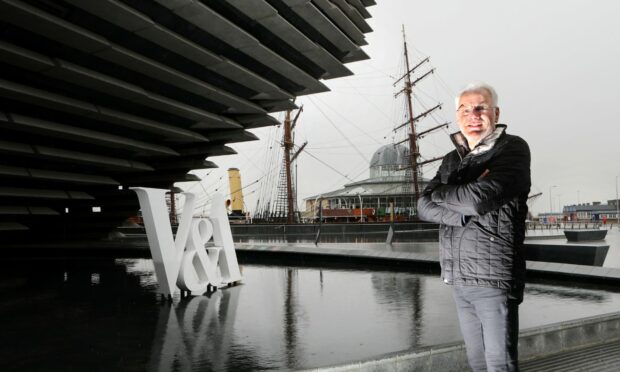
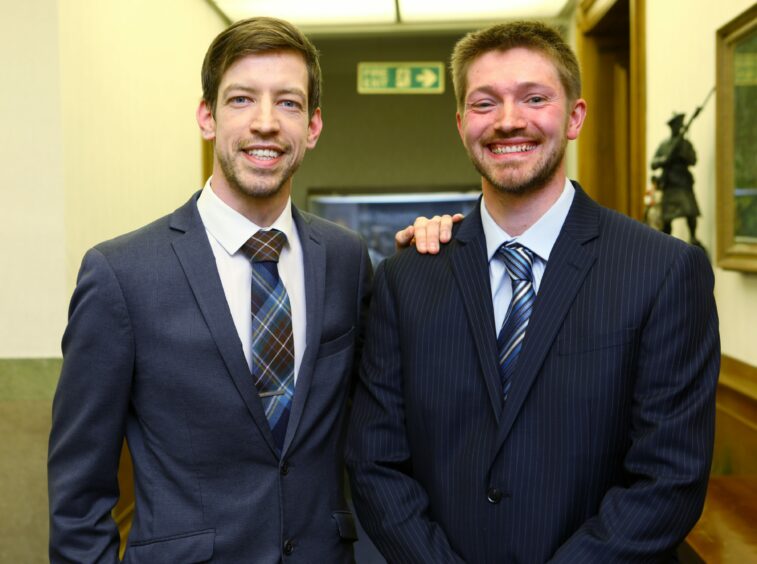
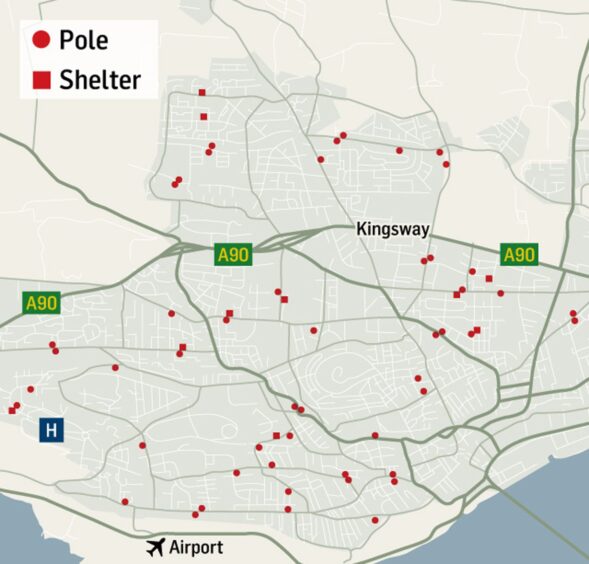
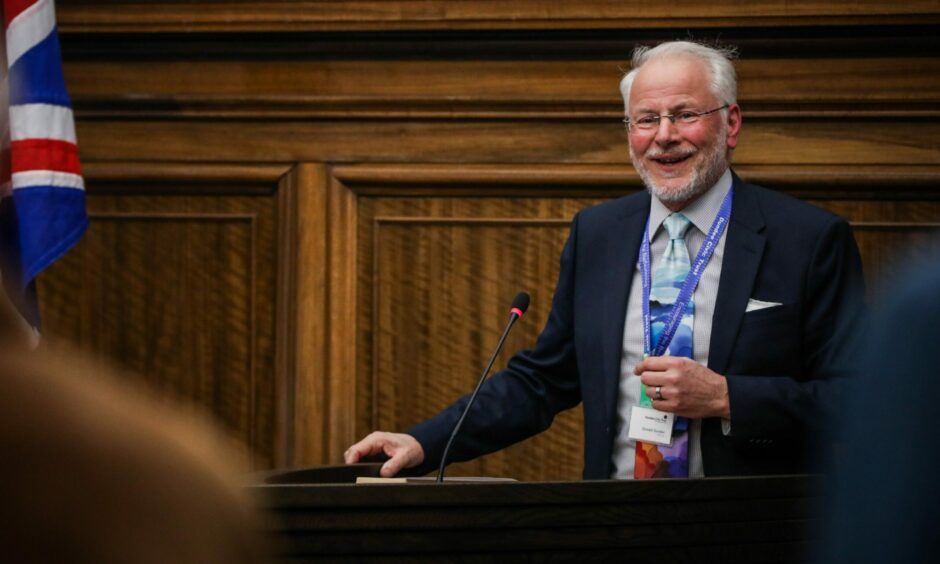
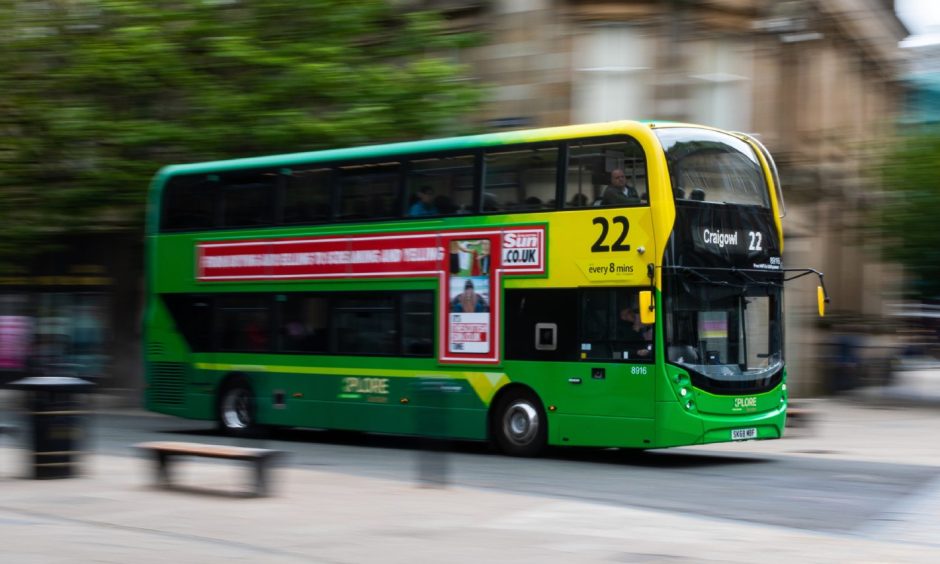




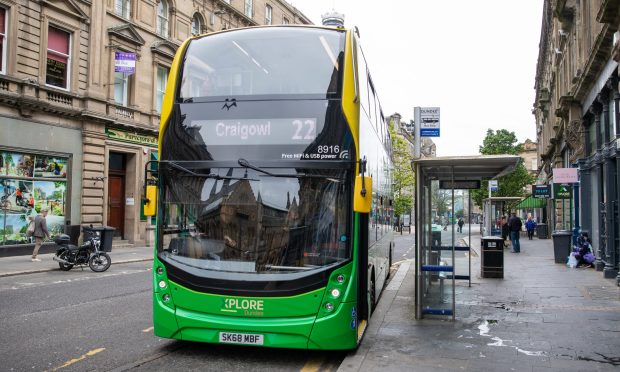
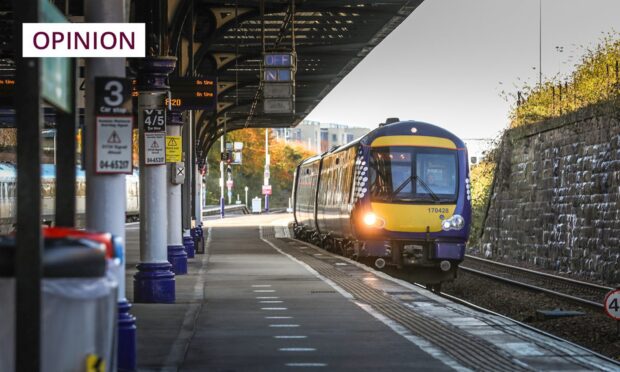

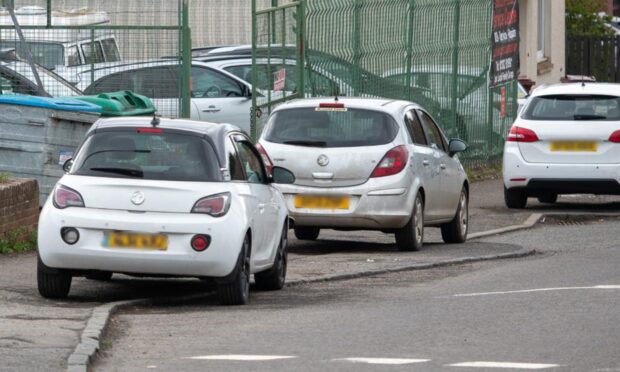
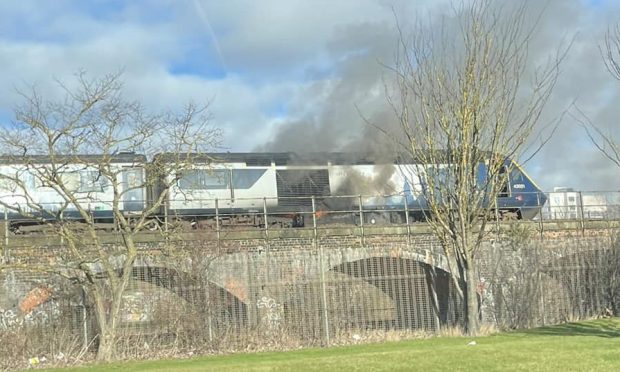
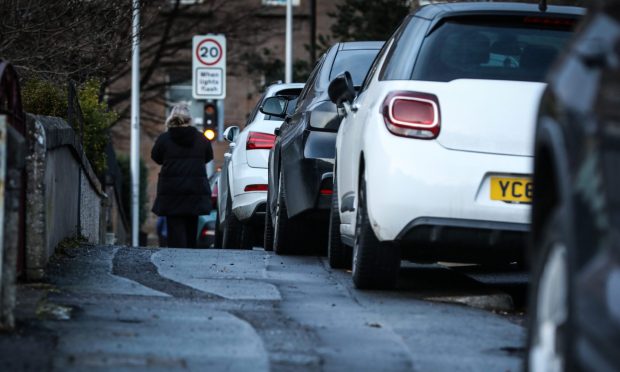
Conversation